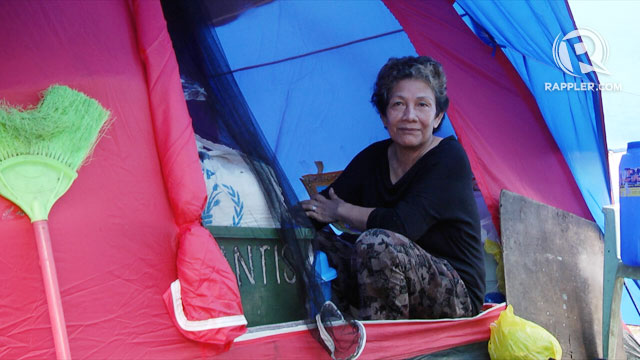SUMMARY
This is AI generated summarization, which may have errors. For context, always refer to the full article.

TACLOBAN, Philippines – Tacloban begins rebuilding after Haiyan – Typhoon Yolanda to Filipinos – left a trail of destruction in its wake. The city has big plans for the aid it receives: to create a master rehabilitation program.
Bea Cupin reports.
JERRY YAOKASIN, TACLOBAN VICE MAYOR: Our window is closing. Another 3 to 5 days, once the media pulls out – there’s a next disaster somewhere out there in the next region, the next country – wala na. So what will we do? Kailangan, kaya nga… they’re all here, donations are pouring in, we have to make sure we use them wisely and not commit the same mistakes. Enough na for one generation.
More than two weeks after Typhoon Yolanda, international name Haiyan, destroyed most of Tacloban City, aid continue to pour in.
But Tacloban Vice Mayor Jerry Yaokasin says interest in Tacloban and other areas devastated by Haiyan will eventually wane.
YAOKASIN: It’s now time for the legislative part of government to do our share. We’re looking to have a master rehabilitation program for Tacloban para hindi masayang ‘yung pera, .yung tulong galing sa international community.
Yaokasin says it’s local government’s priority. The masterplan should be done by year’s end.
In the city astrodome, the tents bend when the wind is strong. Evacuees get soaked when it rains.
LUCY DACOYCOY, HAIYAN SURVIVOR: Mahirap kami dito kay pag humahangin talagang tumutuklap ‘yun. Minsan naaano ‘yung tent namin. Gusto naming humingi ng trapal para igagano’n namin. Hindi kami naiipon ba, ‘yung iba kong pamilya na’ndo’n sa asawa ng namatay.
(It’s hard here because when the wind is strong, the tents give in. We want to ask for tarpaulin so we can cover our tents with them. The family isn’t together, the rest are with the widowed daughter).
Lucy says she’s not leaving until the city government gives them a better, safer place to live in.
DACOYCOY: Saan kami titira? Ano naman ibibili namin? Wala naman kaming pera. ‘Yan lang hinihingi namin. Ma-anohan kami ng pangbahay namin.
(Where will we live? We have no money. That’s all we’re asking – a place to relocate.)
The city council intends to pass laws to improve the city’s zoning scheme. The plan involves clearing coastal areas of residents, both legal and informal. It will also mean revising the city’s Comprehensive Land Use Policy and the city’s budget for 2014.
YAOKASIN: We’ll map out the city na and see which should be residential, commercial, industrial. It seems like unlike other countries, ‘yung coastal area talaga they try to preserve it as much, walang makikitang dumi, they try to protect the environment so maganda. Definitely through the years, parami nang parami…and the informal settlers, doon sila. I think it’s about time that we set it up well.
Lucy says she doesn’t mind moving upland.
DACOYCOY: Pero magtatayo rin kami sa taas ba na hindi aabutin ng tubig. Ayaw ko na talaga dito, mahirap. Natatakot kami sa tubig. Hindi naman ako marunong lumangoy. Nako kung naabutan nga ako doon.
(We’ll build a house uphill where water won’t reach it. I don’t want to go back here, we’re scared of the water. I don’t know how to swim. I can’t imagine what would’ve happened if the storm surge reached me.)
The local government vows to make the most of the aid that’s pouring in.
Yaokasin says it will be a test for local government.
After facing criticism over the slow disaster response and a political tug-of-war with national government, can the LGU, brought down to its knees just weeks ago, get its act together?
Bea Cupin, Rappler, Tacloban
– Rappler.com
Add a comment
How does this make you feel?
There are no comments yet. Add your comment to start the conversation.